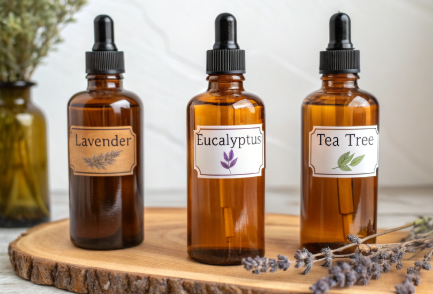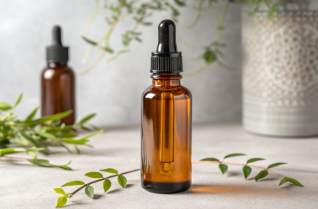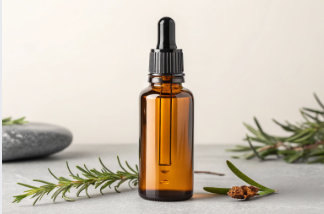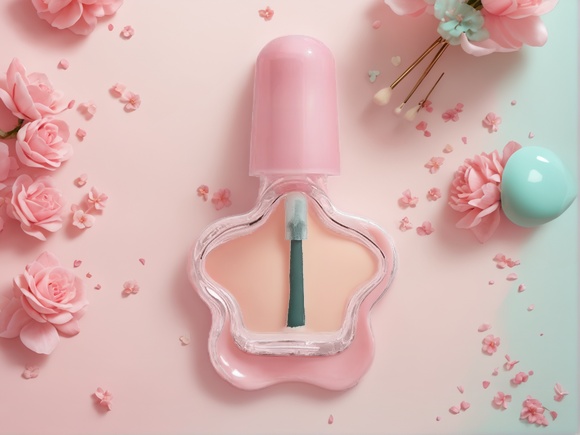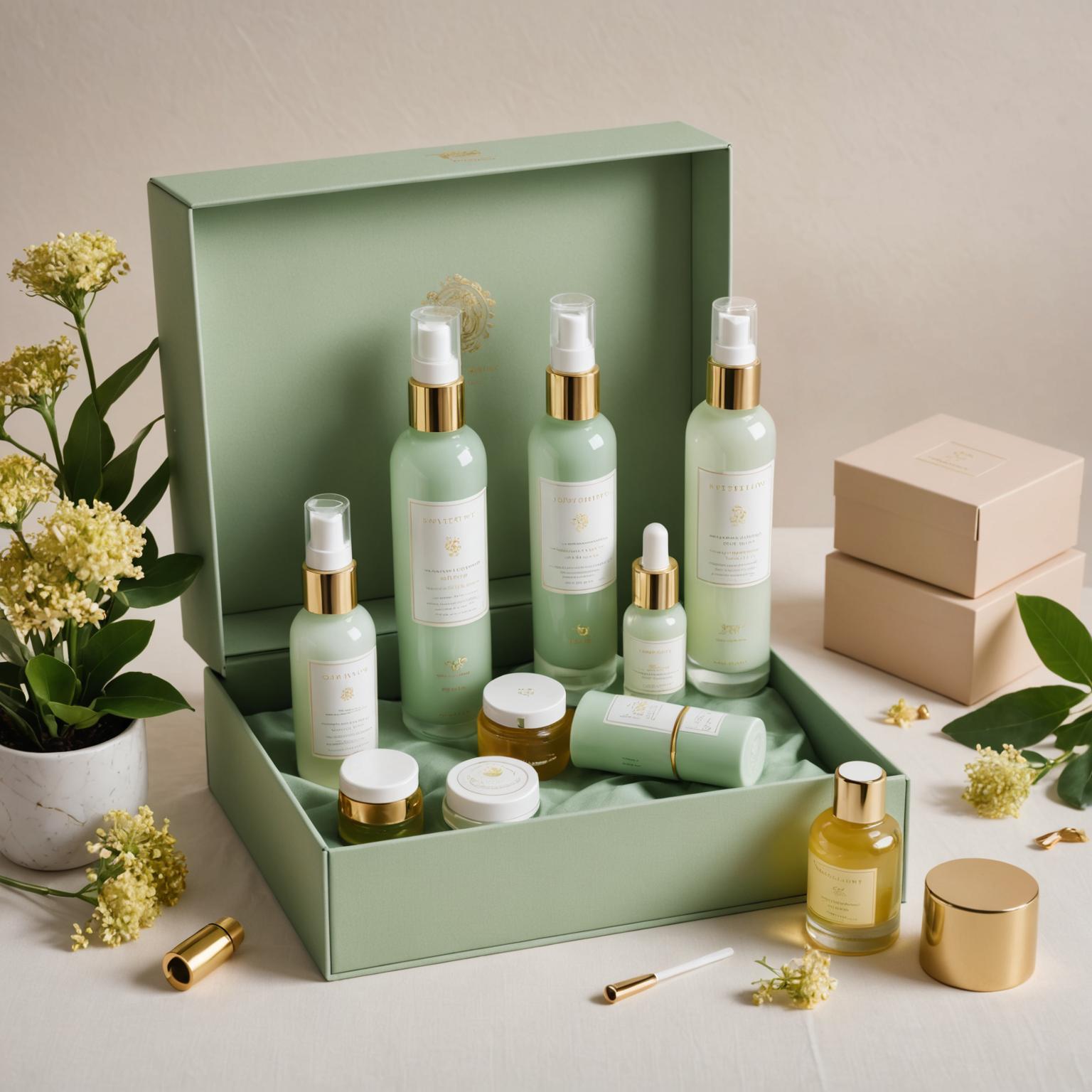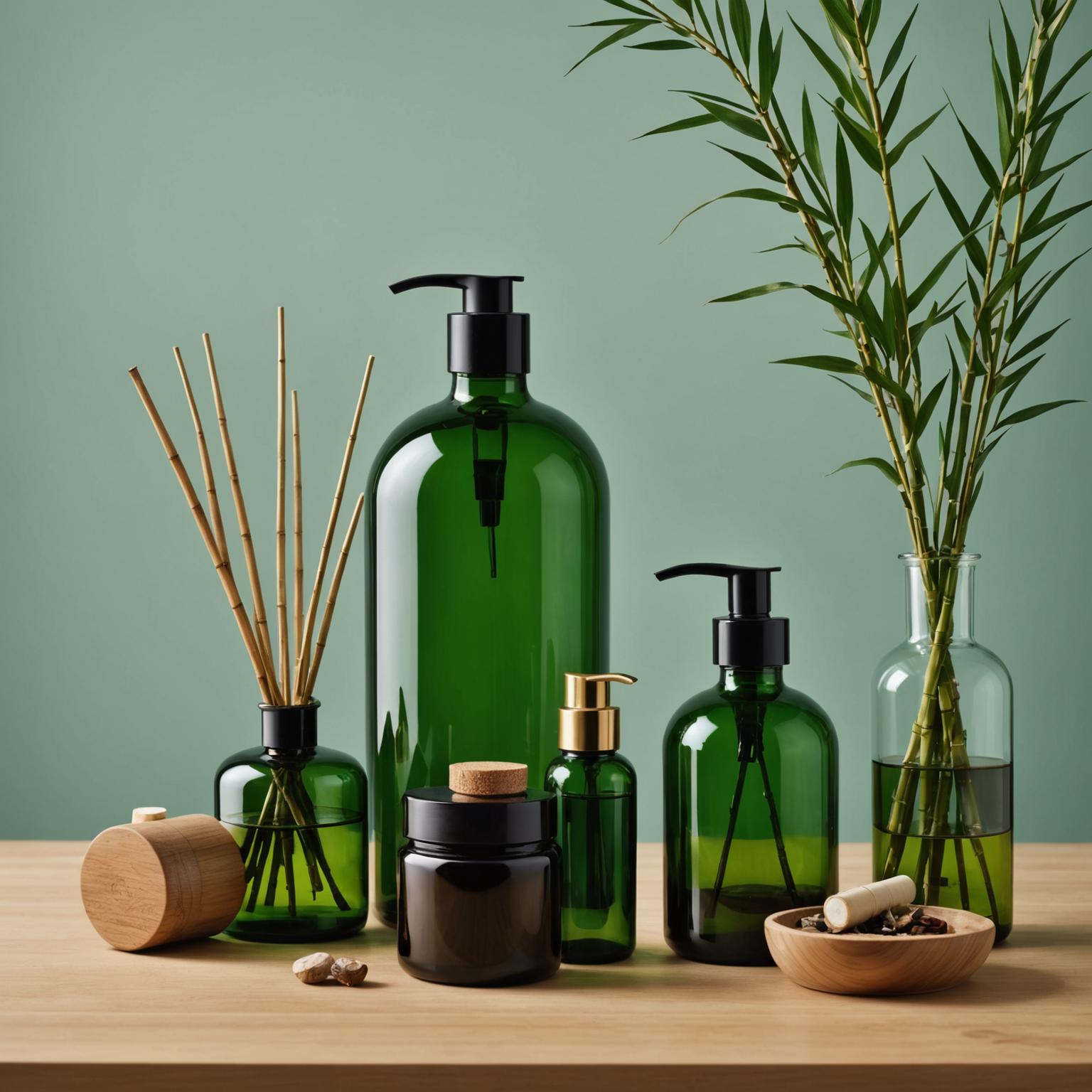Are your essential oil bottles FDA-compliant for the changes rolling out this year?
The FDA is introducing three major packaging regulations in 2024 that directly impact essential oil bottles, including updates on labeling, child safety, and material declarations.
If you’re a wellness brand or packaging buyer, these changes affect your product safety, shelf legality, and Amazon compliance. Read on to get ahead before enforcement begins.
What Are the Key Changes in FDA Packaging Regulations for 2024?
Compliance is no longer optional—these updates bring real consequences.
The FDA is mandating clearer labels, stricter child-resistant closures, and full material transparency for primary packaging used in essential oils.
Summary of the 3 Key Changes:
-
Updated Labeling Clarity Requirements: All essential oil products must now feature standardized font size, warning symbols, and ingredient visibility.
-
Enhanced Child-Resistant Packaging Mandate: Applies to bottles containing concentrated oils like eucalyptus, peppermint, or tea tree oil.
-
Material Safety Declaration for Direct-Contact Packaging: Brands must document and verify bottle resin types and coatings to ensure non-reactivity.
These changes mirror increased FDA scrutiny on health-adjacent products, as well as rising incidents of unintentional child ingestion.
At PauPack, we’ve already retooled our dropper and roller bottle lines to exceed these FDA safety requirements—with integrated CR closures, pre-approved label layouts, and fully documented MSDS for all bottle materials.
How Will the New Labeling Requirements Impact Essential Oil Brands?
Your old labels might not be legal anymore.
Starting 2024, FDA guidelines require that essential oil bottle labels use standardized warnings, font sizes, and display all ingredients prominently—even in blend formulations.
What’s Changing in Labels?
-
Minimum 6pt font for warnings and ingredients
-
Pictogram warnings (e.g. child hazard icons)
-
INCI naming standards for botanical ingredients
-
No therapeutic claims unless FDA-approved
Risk Areas
-
Ambiguous botanical names (e.g. “rose oil” without Latin name)
-
Unapproved health benefits on front label
-
Insufficient contrast between text and background
-
Missing lot/batch information
| Label Element | Required? | Format Example |
|---|---|---|
| Ingredient Listing | Yes | Lavandula angustifolia (Lavender) Oil |
| Warning Pictogram | Yes | ⚠️ “Keep out of reach of children” |
| Contact Info | Yes | Brand Name, City, Zip, Website |
| Claim Disclaimers | Yes | “These statements not evaluated…” |
PauPack offers pre-formatted label templates that match FDA specs, making it easier for beauty and wellness brands to stay compliant without losing design quality.
What Safety Standards Are Being Tightened for Bottle Closures?
It’s not just about being leak-proof—your closures now need to be child-proof.
The FDA now requires certified child-resistant (CR) closures on any essential oil product containing concentrated, potentially harmful oils.
Who’s Affected?
-
Essential oil blends with over 5% menthol, camphor, or eucalyptol
-
Aromatherapy oils sold in roller or dropper formats
-
Oil-based products marketed for use around children or pets
Closure Requirements:
-
Must meet 16 CFR §1700.20 testing standards
-
CR features must be reclosable and reusable
-
Packaging must include “Push Down & Turn” or similar instructions
| Closure Type | FDA Compliant? | Notes |
|---|---|---|
| Standard Dropper Cap | ❌ | No CR function |
| Push-Turn Dropper | ✅ | FDA-recognized mechanism |
| Roller with Snap Cap | ❌ | Too easy for child to access |
| Twist-Lock Roller | ✅ | Meets child-resistance criteria |
At PauPack, we manufacture FDA-compliant CR dropper caps and twist-lock rollers in both glass and PLA options—certified and batch-tested to U.S. and EU standards.
How Can Suppliers Help Brands Stay FDA-Compliant Without Delays?
The right supplier can help you avoid recalls, redesigns, and missed launches.
A packaging partner should offer certified components, regulatory guidance, and pre-approved compliance documentation to simplify your workflow.
Key Supplier Support Services
-
CR mechanism certification reports
-
MSDS and FDA food-contact documentation
-
Label layout templates matching FDA guides
-
Flexible low-MOQ trials to test compliance
At PauPack, we understand how regulatory shifts add pressure to your timeline. That’s why we offer:
-
In-stock certified CR caps for fast compliance
-
FDA-ready label assistance for aromatherapy lines
-
Pre-launch testing with third-party labs
We’ve helped over 100 brands update packaging under new regional laws—from Prop 65 in California to REACH in Europe—and we’re ready for FDA 2024 too.
What Should You Do Now to Future-Proof Your Packaging Strategy?
Regulations will only get stricter. Smart brands start adapting early.
Start by auditing your current packaging, confirming your supplier’s compliance readiness, and upgrading to FDA-aligned solutions before enforcement begins.
Your FDA Compliance Checklist
-
Review product ingredient profiles
-
Reassess your labels against new FDA layout rules
-
Upgrade closures to tested CR mechanisms
-
Request documentation from suppliers (MSDS, ISO, test reports)
-
Run a mock inspection to identify weak points
Even if your state or market hasn’t enforced the changes yet, retailers and platforms (like Amazon and Whole Foods) may begin requiring them for listing eligibility.
At PauPack, we’ve future-proofed our entire essential oil packaging range—offering compliant options in glass, rPET, and biodegradable PLA. Whether you need roll-ons, dropper bottles, or display-ready kits, we help your brand stay legal, safe, and ahead of the curve.
Why Are FDA Regulations Increasing for Essential Oil Packaging in 2024?
Consumer safety incidents and unverified health claims have caught regulatory attention.
The FDA is tightening rules on essential oil packaging due to rising reports of child poisoning, unregulated health claims, and lack of proper labeling.
What’s Triggering These Changes?
-
Essential oils are being marketed as therapeutic agents
-
More brands are entering with unverified or vague labeling
-
Accidental ingestion and misuse cases are increasing
According to the American Association of Poison Control Centers, thousands of exposure cases related to oils like tea tree, eucalyptus, and wintergreen occur yearly. Poor packaging is a recurring culprit.
PauPack works closely with health and safety regulators to proactively adapt our packaging specs. Our essential oil lines are already designed to meet upcoming FDA and EU requirements for 2024.
What Types of Essential Oil Products Are Now Considered High Risk?
Not all oils are created equal—some now face stricter packaging rules.
Oils with high toxicity potential or those sold in small formats are classified as high-risk, requiring special labeling and safety mechanisms.
High-Risk Categories Include:
-
Oils with high eucalyptol or methyl salicylate (e.g. eucalyptus, peppermint)
-
Blends marketed for therapeutic claims (e.g. sleep, digestion)
-
Roll-ons for topical application, especially near children
-
Undiluted pure essential oils in dropper bottles
| Oil Type | Risk Level | Notes |
|---|---|---|
| Tea Tree Oil | High | Toxic to pets, risk of ingestion |
| Peppermint | High | Menthol content needs warning |
| Citrus Blends | Medium | Photosensitivity risk |
| Lavender in Dilution | Low | Still needs correct labeling |
Even if your formula is safe, your packaging must reflect proper risk communication. That’s why PauPack includes FDA-ready templates with all our essential oil bottle deliveries—so you don’t miss a required detail.
How Will These Changes Affect Amazon and Retail Compliance?
E-commerce isn’t exempt—and enforcement is getting automated.
Amazon, Walmart, and other platforms are aligning with FDA standards and now require packaging and labeling compliance proof before listing approval or restocking.
Key E-commerce Packaging Triggers:
-
Missing child-safety warnings
-
No ingredient list or improper Latin names
-
Misleading product claims (e.g. “cures anxiety”)
-
No tamper-proof or CR closure in high-risk oils
What Amazon Now Asks For:
-
High-resolution packaging photos showing all sides
-
Safety warning visibility in product gallery
-
MSDS and FDA declarations for contact materials
-
Confirmed CR packaging for restricted ingredients
PauPack has helped brands update packaging and re-approve SKUs on Amazon after suspension. Our retail-ready options come with all compliance files you’ll need, from CR test reports to bilingual warning label artwork.
What Documentation Will You Need to Provide During FDA Checks?
It’s not just about having compliant packaging—it’s about having the paperwork to prove it.
FDA inspections now require brands to submit MSDS, CR certification, ingredient transparency, and label proof upon request.
Essential Documents Checklist:
| Document Type | Required For… |
|---|---|
| Material Safety Data Sheets (MSDS) | Bottle and cap resins |
| 16 CFR §1700 Certification | Child-resistant closures |
| Label Artwork with FDA Format | Front, back, and ingredient labels |
| Manufacturer Statement of Compliance | Packaging safety and traceability |
Even international sellers shipping DTC to the U.S. are being asked for these by customs or platform authorities.
At PauPack, every shipment includes a compliance kit tailored to your product type and destination—helping you breeze through documentation checks, whether from the FDA or Amazon.
How Can You Prepare a Risk-free Packaging Update with Your Supplier?
Don’t wait until you’re blocked from shipping—update proactively.
Work with a packaging partner who understands FDA regulations, provides compliant stock options, and supports smooth transitions through sampling and documentation.
Smart Steps to Upgrade:
-
Audit existing packaging for size, closure, and label compliance
-
Request sample kits of FDA-ready bottles and caps
-
Review MSDS and CR reports before confirming new SKUs
-
Preload artwork into label templates aligned with FDA layout rules
-
Pilot small batch production to test printing, assembly, and sealing
At PauPack, we offer low-MOQ trials on new compliant packaging for aromatherapy and wellness brands, with guided onboarding to help your team adapt quickly.
Our one-stop service includes bottle design, CR certification, label file prep, and logistics—so you don’t lose time navigating red tape.
Conclusion
The FDA’s new packaging rules for essential oils are here—and they’re strict. Update your bottles, labels, and documentation now to protect your brand and stay in the market.




